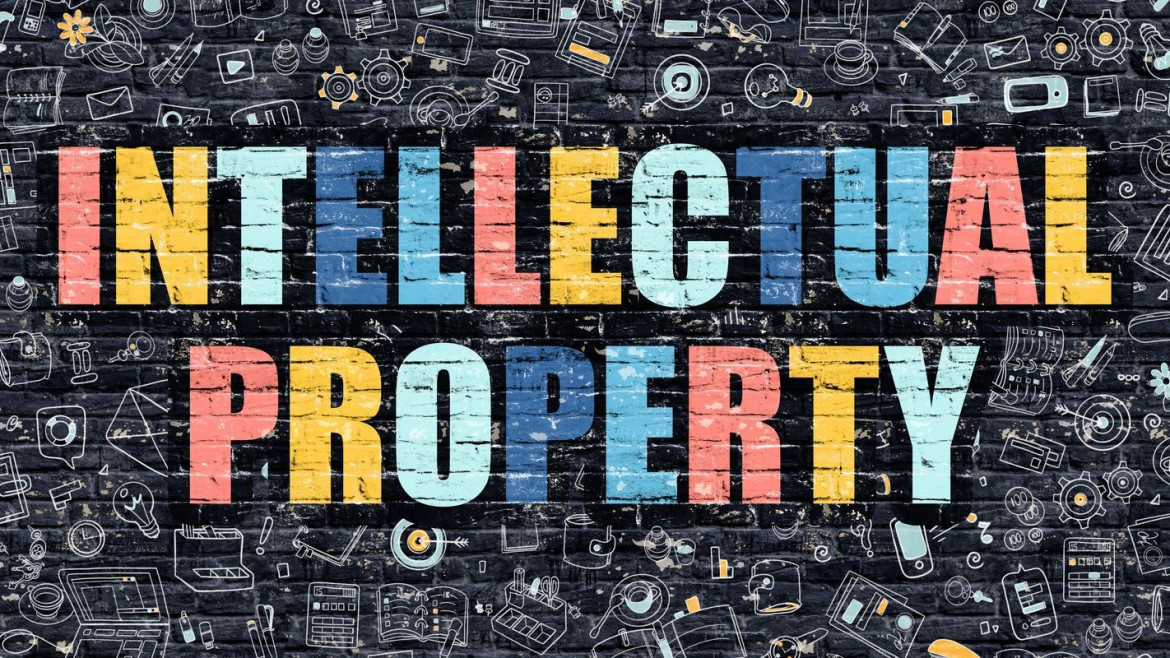As mentioned in our first part of the series, Understanding Intellectual Property Part I: Patent and Trademark, Intellectual property can be crucial depending on the product or service your company provides. You may understand its importance but are overwhelmed. What is intellectual property exactly? What counts and what doesn’t? Intellectual property can be categorized in several different ways. As Part II of the intellectual property series, copyright and trademarks will be covered here.
The U.S government and many other agencies around the world are continuously at work to improve protections for intellectual property rights and the enforcement of intellectual property laws. Intellectual property are the legal rights (control and ownership) of creations, such as ideas, inventions, designs, etc. for use in commerce. Intellectual law seeks to deter individuals or organizations from copying or capitalizing upon another’s work. In today’s age of digital madness and passing legislation, actually enforcing those laws has become a very daunting task. However, the protection of intellectual property has both individual and social benefits. It protects the right of the creator of something of value to be compensated for what he or she has created and, because that right is protected, people are encouraged to produce innovative, intangible, creative work. The main areas protected by intellectual property law include: patent, copyright, trademark, and trade secret.
The true key to understanding intellectual property protection is to understand that the concept that is protected is the intangible creative work, not the particular physical form in which it is embodied. These assets can provide a business with a competitive advantage in the marketplace, and the loss of such assets can be just as costly to a business as the loss of physical property or equipment. Unfortunately, not all companies are “property-savvy” and fail to accurately assess the value of their intellectual property.
Copyrights
Copyright is a form of intellectual property protection that grants the owner of a work of authorship the legal right to determine how the work is used and to obtain the economic benefits from the work. The work must be tangible such as a book, article, musical score, etc. The work does not have to be of artistic merit to be eligible for copyright protection. There are 6 main categories that are protected by copyright law and that includes literary works, musical compositions, computer software, dramatic works, pantomimes/choreographic work and graphic/sculptural works.
Registration with the U.S. Copyright Office is not necessary to secure copyright protection in a work; however, it does have its advantages. For example, registering your copyright provides a public record of the copyright claim. Copyright registration is also necessary (for works of U.S. origin) before a copyright owner can file an infringement lawsuit in court. Copyright law only covers the particular form or manner in which information or ideas have been manifested, known as the “form of material expression.” The law does not cover the actual ideas, concepts, facts or techniques contained in the copyright work.
Trade Secrets
A trade secret is any formula, pattern, physical device, idea, process or other information that provides the owner information with a competitive advantage in the marketplace. There is no single government agency that regulates trade secret laws. Trade secrets are governed by patchwork of various state laws. The criteria that builds the strongest case to qualify for a trade secret is information that is not known outside the company, but known inside the company on a “need to know basis.” Trade secrets are safeguarded by efforts to keep the information confidential. These secrets are considered valuable and provide the company a compelling competitive advantage, usually developed at great cost of time and effort and cannot be easily duplicated, reverse engineered or discovered.
Aggressive protection of trade secrets is necessary to prevent intentional or unintentional disclosure. Companies protect trade secrets through physical measures and written agreements. For the best written protection, companies will make their employees sign non-disclosure and non-compete agreements. Nondisclosure agreements make employees promise not to share information about the particular trade secret. Noncompetes make it so employees are barred from going to a similar company and using that trade secret to a competitive advantage. Some examples of physical measures to protect trade secrets include: restricting access, password protecting, maintaining logbooks and maintaining overall security measures.
Still have questions? Intellectual property laws can be very overwhelming. A great place to start is by exploring the U.S. Copyright Office or the U.S. Patent and Trademark Office websites.
Ryan Miller, Baylor University student


